"This 1965 Fender Jazzmaster was purchased brand new by the ownerуs grandfather in 1965. He passed away in 1968, and the guitar was forgotten about. Recently, the ownerуs grandmother passed on, and the family discovered the guitarяstill stored in its original black case. Reportedly, the case itself had not been opened since 1968, which helped preserve the instrument for the next 42 years. The original flatwound рSpanishс guitar strings were still on it, and the finish had faded to a smooth, velvety feel. The neck was exceptionally well preserved, with very little wear on the gloss finish. It literally felt brand new. Some of the smaller construction detailsяsuch as the traditional Stratocaster knobs, celluloid pickguard, and clay-dot inlaysяhinted at it being a model from the 1964 to 1965 transition period."
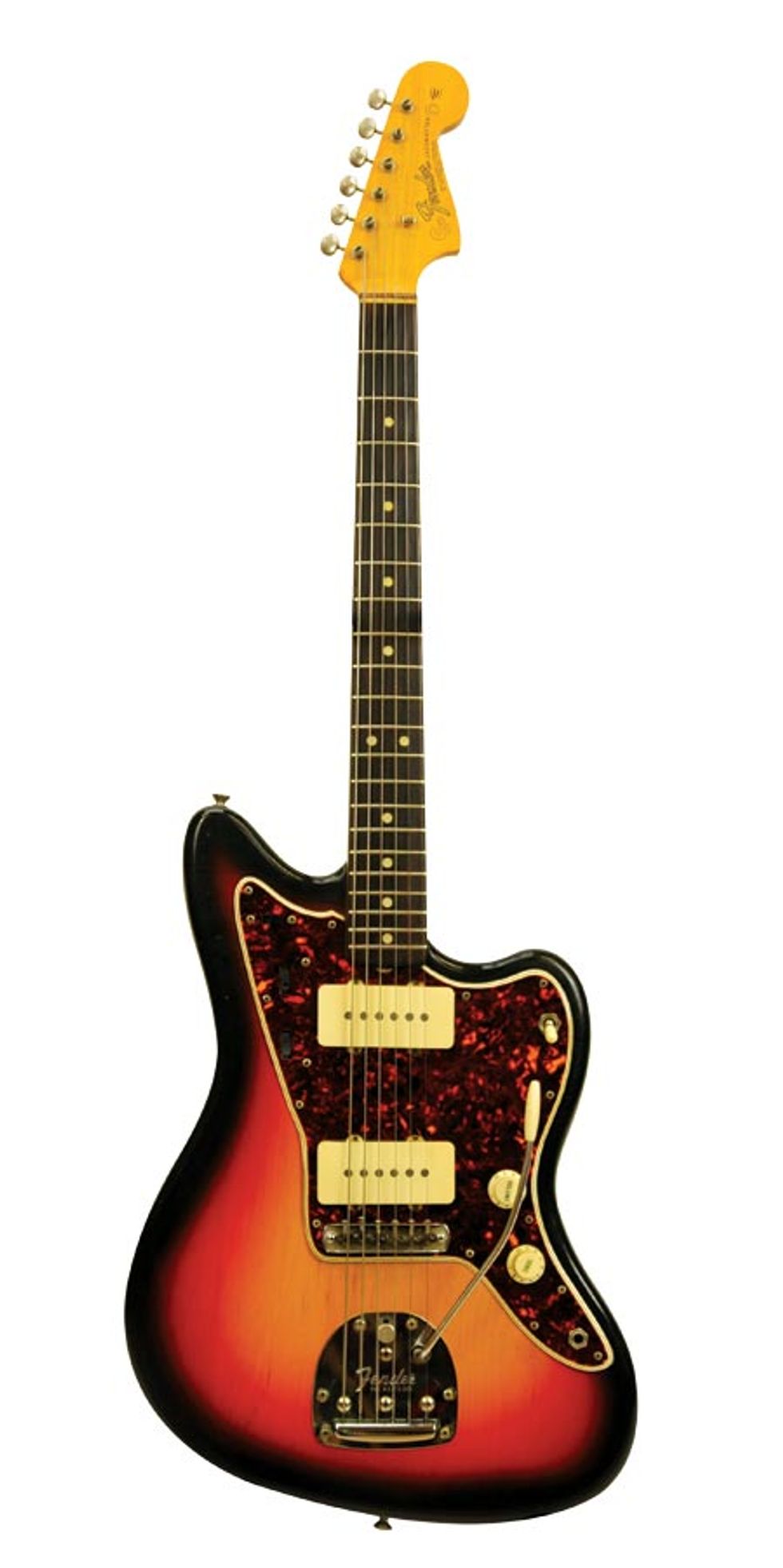

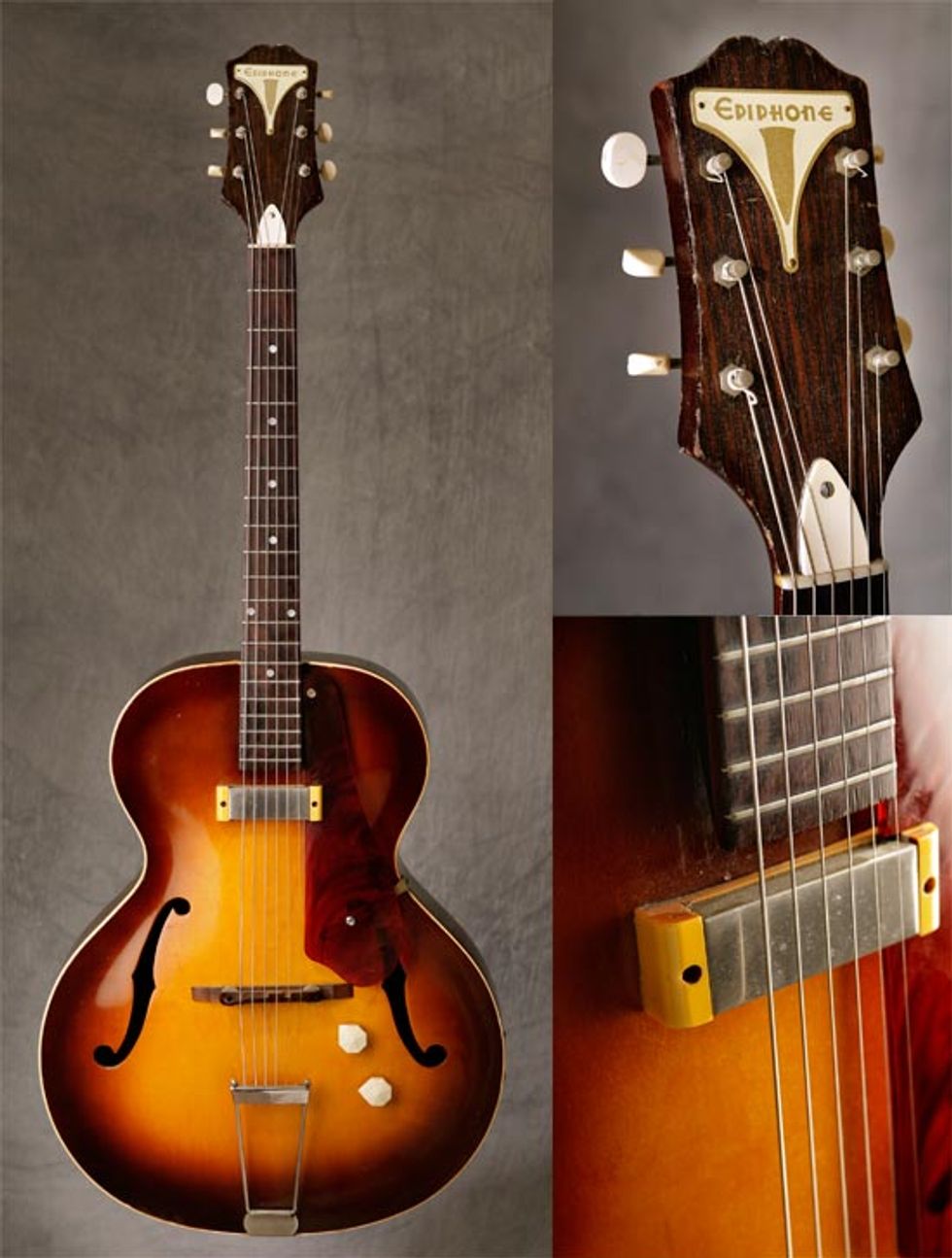

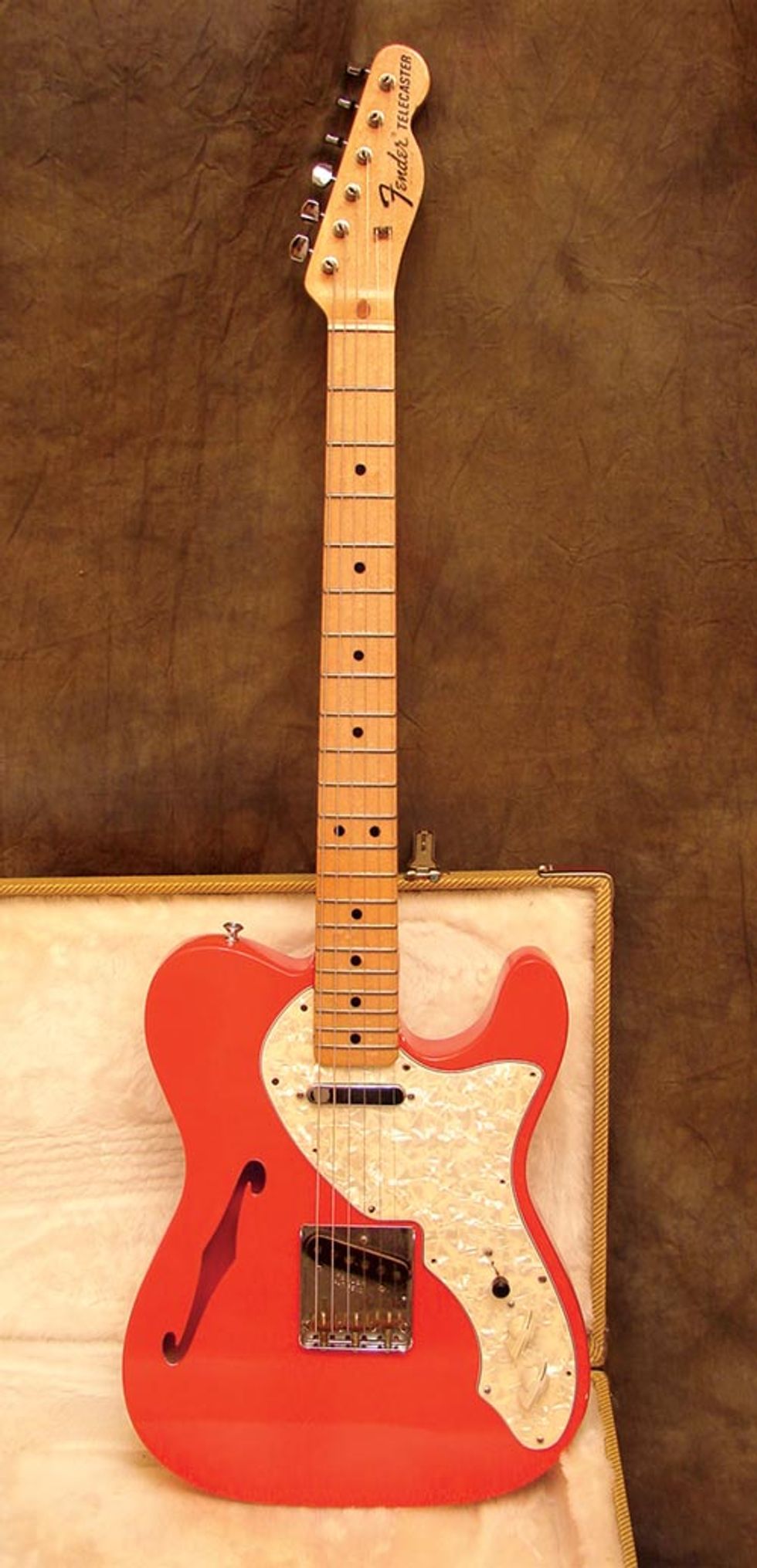
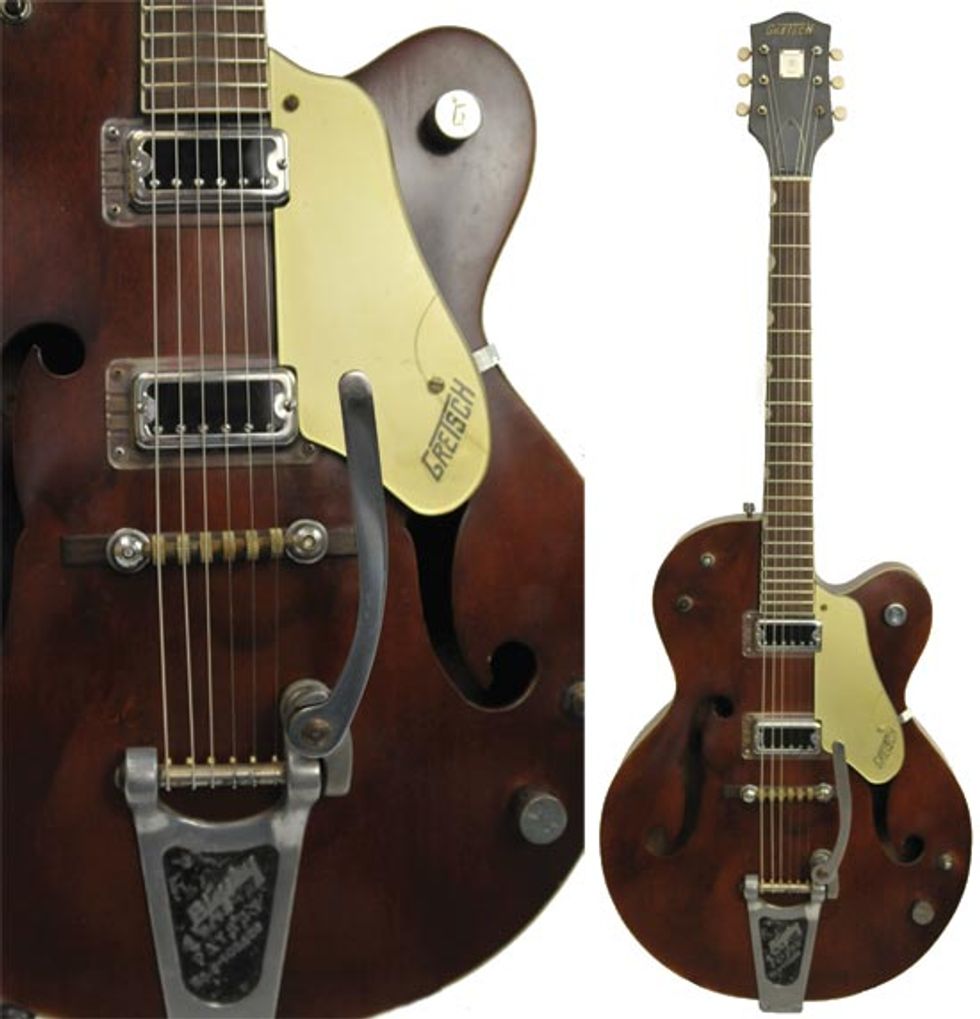
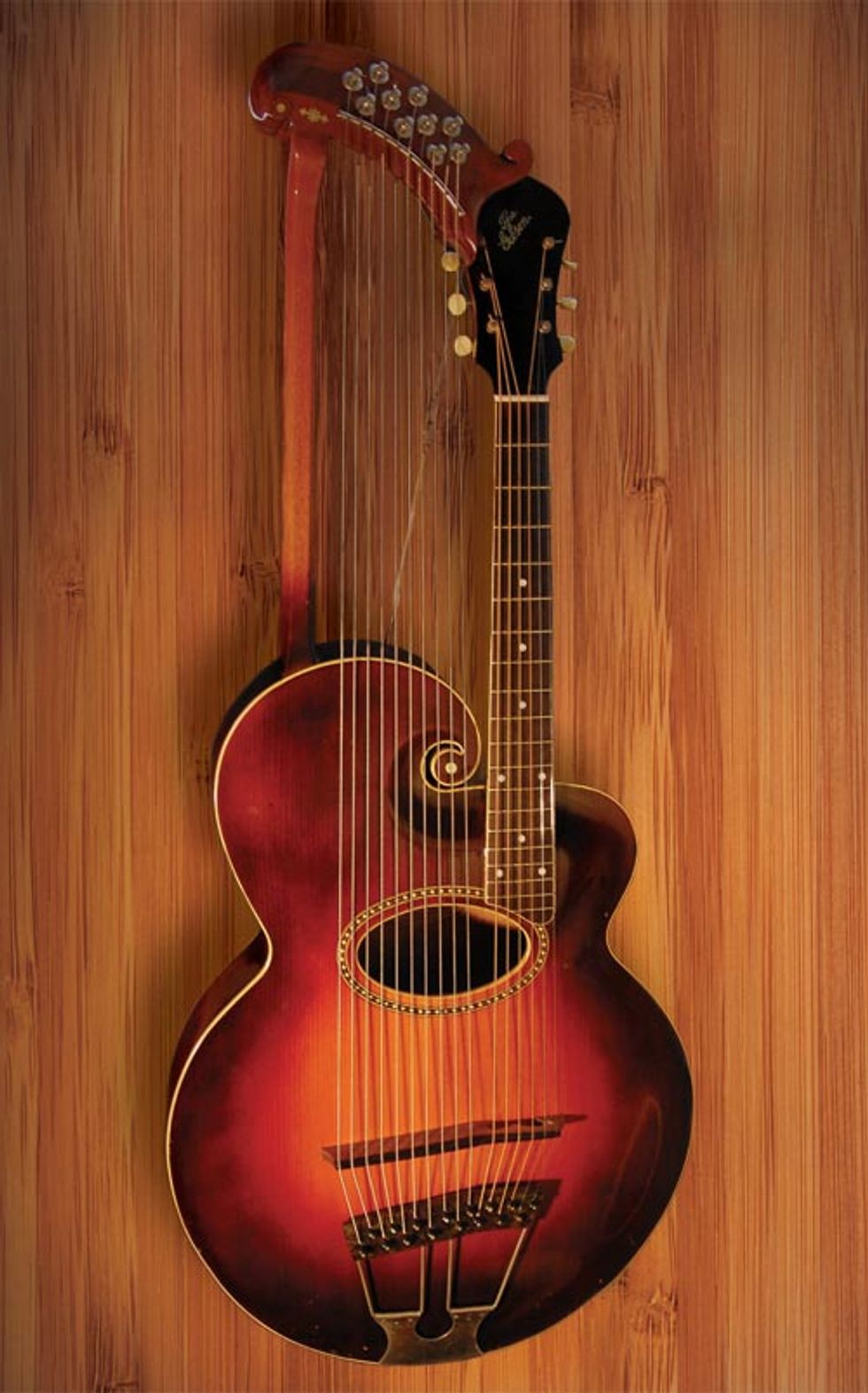
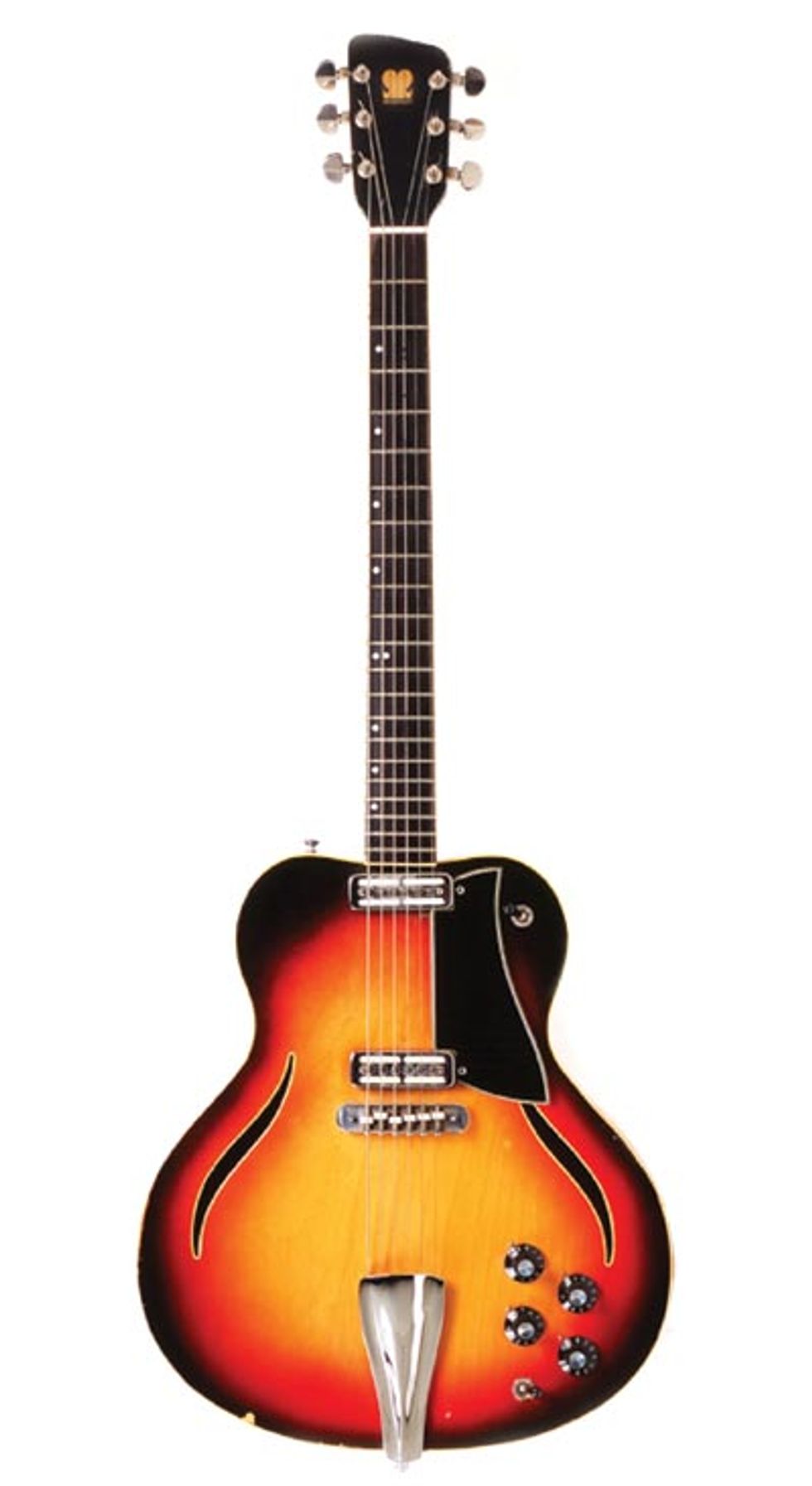

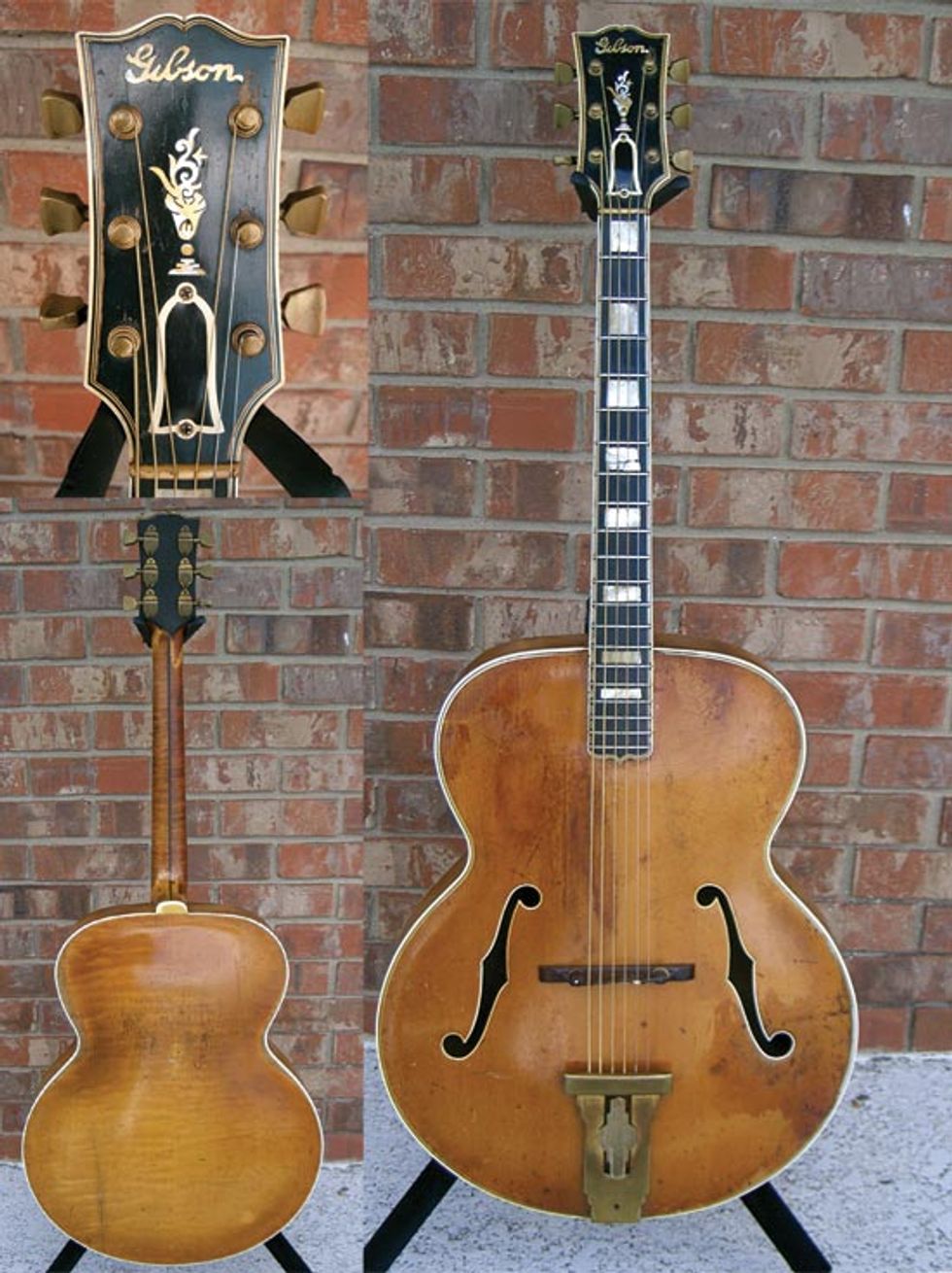
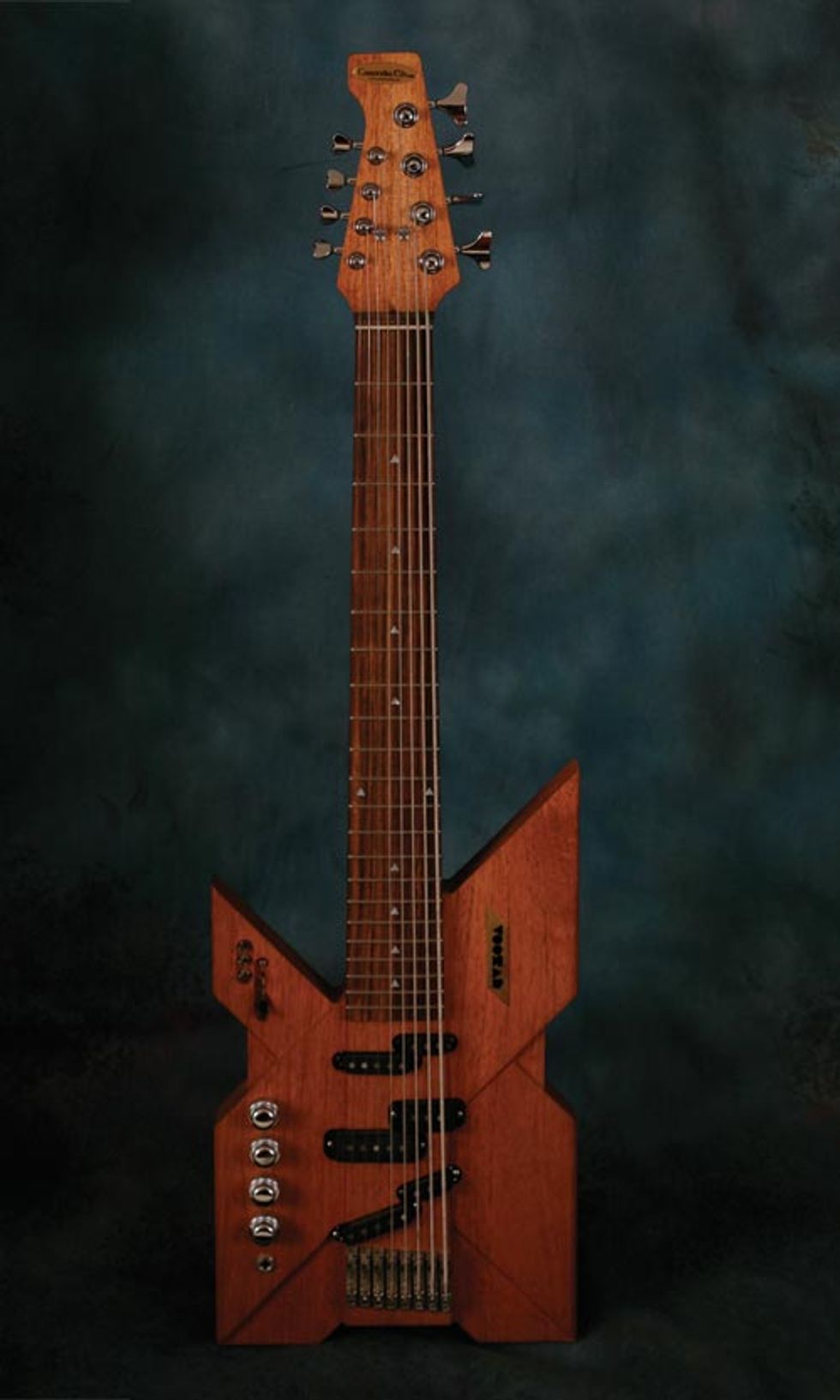
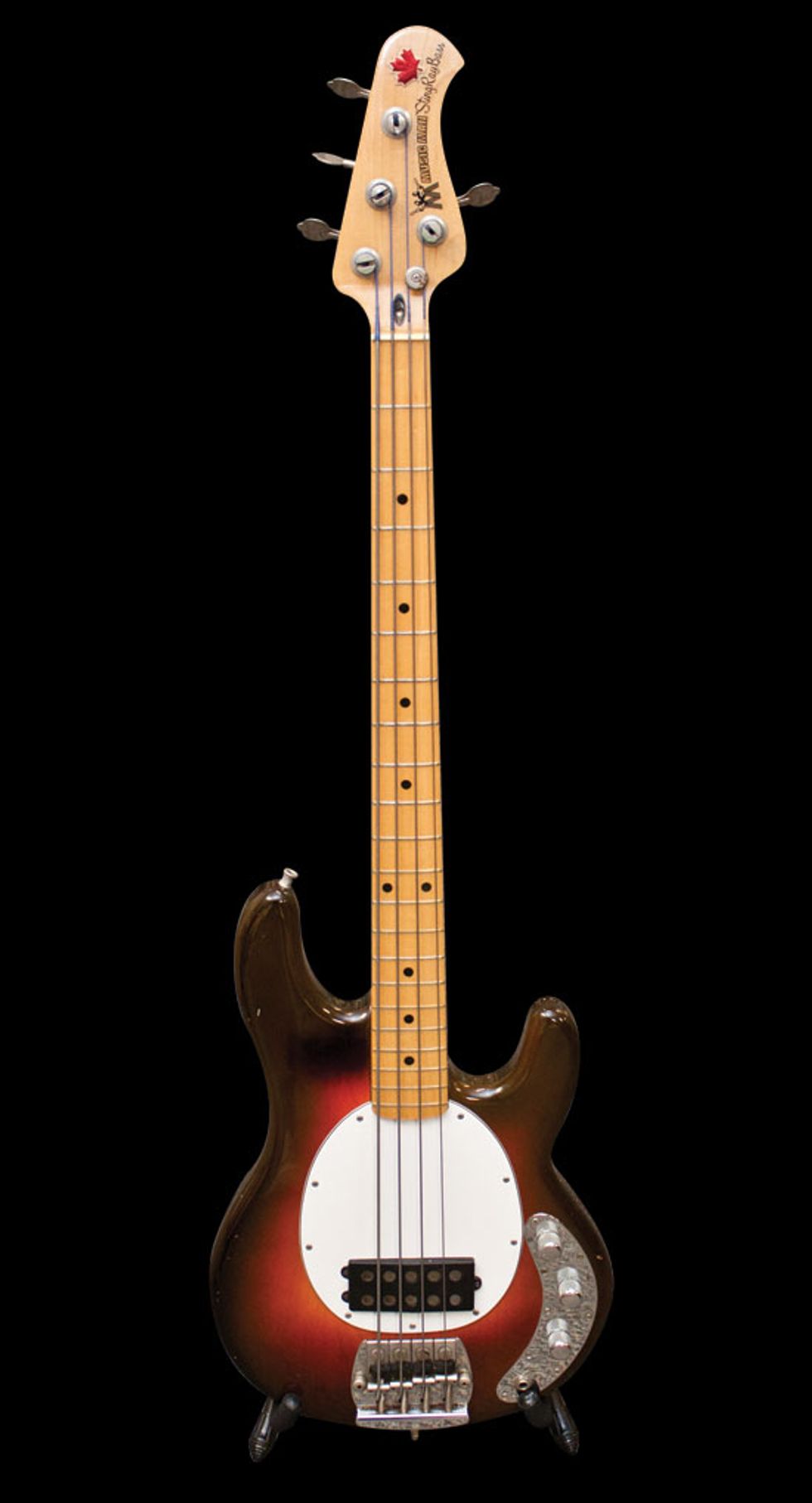













![Rig Rundown: AFI [2025]](https://www.premierguitar.com/media-library/youtube.jpg?id=62064741&width=1245&height=700&quality=70&coordinates=0%2C0%2C0%2C0)












 Shop Scott's Rig
Shop Scott's Rig